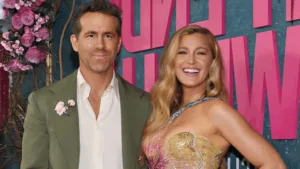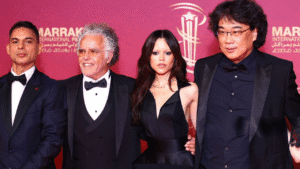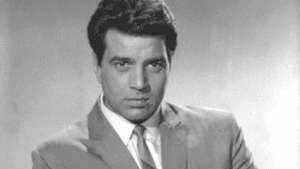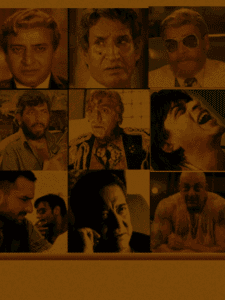The ongoing legal dispute between Justin Baldoni and Blake Lively has reached new heights, with The New York Times playing a pivotal role in the narrative. From allegations of misconduct and defamation to claims of media bias, the saga reveals a complex web of accusations and counterclaims.
Justin Baldoni and Blake Lively’s Legal Battle: Lawsuits and Allegations
The conflict began with Blake Lively, 37, filing a federal lawsuit accusing Baldoni, 40, of sexual harassment and retaliation. Baldoni responded by suing The New York Times, alleging defamation and media manipulation, alongside claims that Lively’s statements caused significant reputational harm.
Key lawsuits include:
- Sexual Harassment and Retaliation: Lively accuses Baldoni of unprofessional behavior, including unscripted physical intimacy during scenes.
- Defamation: Baldoni alleges that both Lively and The New York Times engaged in a coordinated effort to damage his reputation.
- Breach of Contract: Filed by Lively, citing violations of agreed terms.
- Third-Party Claims: Involving external collaborators and media outlets entangled in the case.

Blake Lively’s Allegations: A Detailed Account
Blake Lively’s lawsuit highlights several troubling incidents:
- Unwanted Physical Intimacy: Allegations that Baldoni improvised acts like biting her lip and dragging his lips along her neck during non-scripted moments.
- Improvised Scenes: Claims that Baldoni repeatedly reshot intimate scenes without her consent.
- Pressure for Nudity: Allegations that Baldoni insisted on simulated nudity during a birthing scene, despite no such requirement in the script.
- Retaliatory Smear Campaign: Lively asserts that Baldoni hired a PR team to tarnish her reputation after she voiced concerns.

Justin Baldoni’s Counterclaims: Media Bias and Misrepresentation
Baldoni has categorically denied Lively’s allegations :
- Misrepresentation of Events: Baldoni argues that Lively refused to engage with the intimacy coordinator, complicating scene planning.
- Selective Evidence: Accuses The New York Times of cherry-picking text messages to support Lively’s narrative.
- Creative Collaboration Mischaracterized: Claims that discussions about scenes were collaborative and not inappropriate.
- Defamation by Media: Baldoni alleges that The New York Times and Lively presented a one-sided narrative that ignored his adherence to industry protocols.
Ryan Reynolds’ Silent Role in the Justin and Blake Feud

Though not directly involved, Ryan Reynolds, Lively’s husband, has been a silent yet influential figure. Reports suggest his production company had connections to the disputed project. While Reynolds has avoided direct statements, his subtle public support for Lively has not gone unnoticed, raising questions about his role in shaping public opinion. Baldoni’s legal team has expressed concerns about potential bias stemming from Reynolds’ involvement.
Celebrity Legal Battles Like Justin Baldoni and Blake Lively’s Case
The Justin-Baldoni-Lively-New York Times controversy is reminiscent of other celebrity legal battles that captivated audiences:
- Amber Heard vs. Johnny Depp: A defamation
 trial that aired deeply personal and professional grievances, resulting in mixed public reactions.
trial that aired deeply personal and professional grievances, resulting in mixed public reactions. - Kesha vs. Dr. Luke: A protracted legal fight highlighting abuse allegations and industry exploitation.
What We Learn From Celebrity Legal Disputes
These disputes underscore the complexities of professional and personal relationships in Hollywood. While they bring critical issues to light, the outcomes often carry lasting consequences.


 trial that aired deeply personal and professional grievances, resulting in mixed public reactions.
trial that aired deeply personal and professional grievances, resulting in mixed public reactions.





















